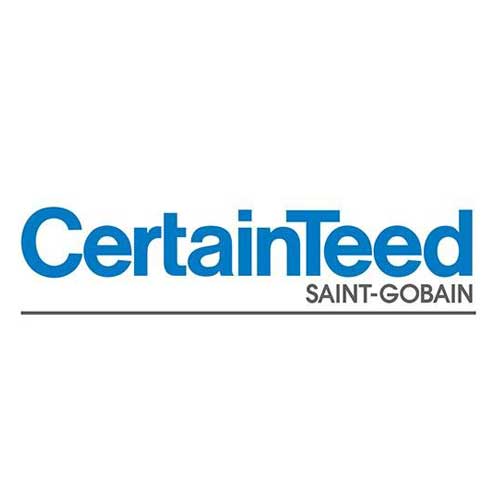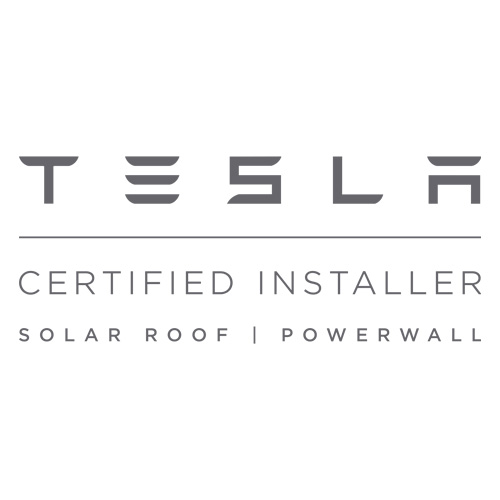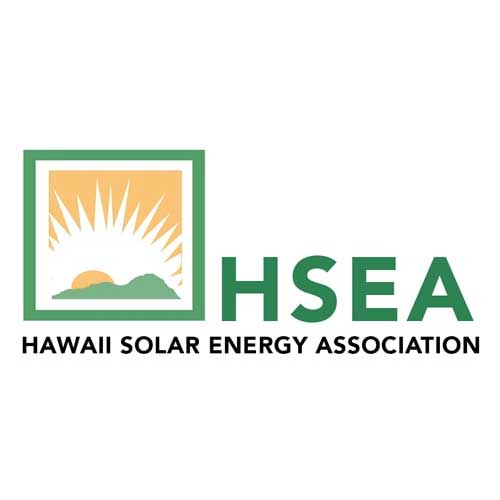
Hawaii Ends Net Metering And Opens Door for Solar Energy Storage
When one door closes, another opens. This saying holds true when it comes to Hawaii’s solar industry.
The Bad News
Citing unsafe circuits and grid disruptions as a couple of the technical and operational challenges the utility faces having the highest amount of solar per capita in the nation, the Hawaii Public Utilities Commission ended net metering to new participants in October 2015. In its place, new customers choose from either grid-supply or self-supply options.
The grid-supply option is similar to NEM, allowing PV customers to export electricity to the grid for credits to their electric bill. However, instead of the full retail rate received from net metering, customers will be credited the cost of wholesale power, which is about half the average retail electricity rate. Wholesale prices range from roughly 15 cents per kilowatt-hour to 28 cents per kilowatt-hour depending on the island.
Under the self-supply option, PV customers with energy storage are eligible for an expedited review and approval of their systems in areas of high PV penetration. These customers can only export very limited amounts of electricity for a short duration and do not receive any compensation from HECO, but have the advantage of having backup solar power that can be used at night and in case of blackouts.
The Good News
While these new tariffs are much less favorable than net energy metering, here’s the good news: they open the door for technology and solutions that leverage battery storage and demand flexibility, ultimately reducing costs and increasing reliability for both the customer and the utility company.
Germany as a Renewable Energy Example
With the state’s mandate of reaching 100 percent renewables by 2045, Hawaii is certainly at the forefront of the clean energy movement, at least in the U.S., but there are other examples Hawaii can learn from.
One of these examples is Germany, which sees about as much sunshine as Alaska, but ranks second in cumulative installed photovoltaic solar capacity with 39.7 GW (previously ranked number one but was recently surpassed by China). Over the last two years, the country has added roughly 11 and 4 GW of wind and solar capacity respectively. In 2015, almost 33 percent of Germany’s electricity demand was met by renewable sources, and renewable energy penetration in the power supply is already greater than 100 percent in two German states.
Germany’s energy revolution, known as Energiewende or “energy transition,” is being largely driven by individuals rather that utilities. As of 2012, 35 percent of German renewable capacity was owned by private individuals.
“The Germans are ahead not because they have better sun, but because they set up a policy framework in which everybody can invest in renewables and come out ahead,” said Institute for Local Self-Reliance State and Communities Energy Program Director John Farrell, one of the principal architects of the groundbreaking, just-passed Minnesota solar standard. “It was not tilted toward people who have tax liability or upfront capital. It made it easy to become a renewable energy investor, democratized ownership, and created strong and resilient political support for renewables.”
Solar Energy Storage Solution for Hawaii
A key to the renewable energy industry in Germany is not just utilizing solar power but combining solar with battery storage. This allows customers to store excess energy and enjoy the benefits of solar power 24-hours a day, regardless of the weather. In addition, you no longer have to worry about power outages or rising electric rates.
A major provider of energy storage, accounting for about half of the residential market in Germany, is a company called Sonnen. In January 2016, Sonnen expanded to the U.S. with a new headquarters unveiled in Los Angeles and a rapidly growing distribution network.
HECO’s self-supply tariff provides an excellent opportunity for Sonnen’s battery system. After meeting HECO’s energy storage requirements in February, Sonnen smart energy storage systems are available through certified installer Haleakala Solar.
“Adding energy storage to solar PV installations in Hawaii is now financially beneficial for residential customers with a payback of as little as 6.5 years. Our smart energy management software allows homeowners to maximize their solar production during the day, storing excess solar for use at night or when utility rates increase,” according to Boris von Bormann, CEO of sonnen U.S. “The sonnenBatterie is a key to energy autonomy enabling customers to produce and store 100% of the energy they need for daily life or for backup power in the event of a grid outage.”
Sonnen vs. Tesla
Sonnen is not the only company seeking to empower customers through energy storage. Tesla is a sexy, household name that gained a lot of attention when it entered the energy storage market. Here are the main advantages of Sonnen:
Since its founding in 2008, Sonnen has built eight generations of its all-in-one residential storage product, shipping its 10,000th system earlier this year. This knowledge is priceless and has resulted in a superior battery system.
“No one has ever installed as many batteries as we have on the energy storage side and we have historical data on them,” von Bormann said. “So all of the systems online — we monitor them, we data-mine, we understand what the customer needs, we understand how they drive them.”
This understanding allows Sonnen to promise a 10-year guarantee and a 10,000 cycle guarantee that enables the all-in-one battery to offer the lowest cost per stored kWh on the market.
“You basically look at the fully installed cost, and you divide that by the number of cycles you can use it, times the capacity. And there we have an easy 10 cent [per kWh] advantage over everyone else in the market because of what our total system installed cost is and our cycle warranty.”
Along with Sonnen’s experience and reliability, Haleakala Solar was also attracted to Sonnen because its battery is customizable. Where Tesla’s home battery Powerwall is has a standard 6.4 kWh energy storage capacity with the ability to add on multiple batteries, the sonnenBatterie eco has a usable capacity of 4 kWh to 16 kWh, which can be upgraded in 2 kWh steps to easily fit each customer’s individual needs.
Solar Is Here to Stay
Since its start in 1977, Haleakala Solar has been around for many changes in the solar industry. While the end of net metering represents a speed bump, it just might end up backfiring on the utilities, encouraging customers to gain energy independence with solar energy storage… and possibly disconnect from the utility company altogether.
Contact us today to find out more about all of Haleakala Solar’s energy storage solutions.









